Utena is one of the oldest Lithuanian place names, having been mentioned for the first time in a written source in 1261. The original location of Utena, with its castle on Narkūnai hill-fort, did not survive intact, but as time passed, Utena was re-established around a manor belonging to the Grand Duke of Lithuania, in its present-day location. The manor’s administrators and owners changed over the years, with the last owner being Aleksandras Balcevičius, who at the end of the 19th century built the Utena manor house along with its surrounding buildings and gardens. The establishment in 1907 of the Utena branch of the Lithuanian educational society Saulė (in English, “Sun”) at the former manor house began a century of educational activity there. The converted manor house became a symbol of education in Utena and marked the beginning of an important stage in the present-day city’s life. At the juncture of the 16th and 17th centuries, Utena was re-designed according to an orthogonal plan, with the market square at its centre. Nowadays, the central city square, named in honour of the legendary founder of Utena, Duke Utenis, marks the core of Utena’s old town, together with Market Square. Here, in buildings echoing the heritage left behind by Utena’s Jewish community, the Utena Local History Museum makes its home. When the postal road connecting Saint Petersburg with Warsaw was built in the first half of the 19th century, Utena found itself at the halfway point, a strategic location encouraging the city’s growth. In 1835, the Classicist buildings of the postal station (designed by the architect Professor Wacław Ritschel) arose in Utena. The old postal station functioned until 1992. The Postal Station complex includes the oldest masonry buildings that have survived the fires and wars over the centuries. In 1934, with the placement of the monument in honour of Dr. Jonas Basanavičius (sculpted by the teacher Boleslovas Plungė) alongside the Saint Petersburg-Warsaw road in Utena, this segment of the road in the city was renamed in honour of Dr. Basanavičius. Commemorating the historic road, the sculpture Belaukiant kelionės (in English, “Awaiting the Journey”) (by the sculptor Arvydas Ališanka) invites travellers to take a seat. The work of art is completed only when a person sits down in it. The complex interaction of light and darkness in the country’s history, of technological progress during the 19th century and of exiling during the 20th century, is reflected at the Museum of the Battles for Freedom, located at the old narrow-gauge railway station. The red-brick steeples of the city’s churches reach skyward. The Church of the Ascension of Christ into Heaven was built in 1884 in the Historicist (Neo-Byzantine) style, designed by Professor Silvijus Lukoševičius. The church’s pediment is adorned with a sculpture, Trimituojantis angelas (in English, “Trumpeting Angel” (created by the woodcarver Antanas Deveikis). Built in 1865, the masonry bell-tower survived the city-wide fire of 1879. The Church of Divine Providence (designed by architects Ričardas Krištapavičius and Mindaugas Jamantas) arose in 2004, its architectural forms echoing the symbol of Divine Providence. The solemnity of the interior space is underscored by the stained glass windows created by Professor Kazys Morkūnas. Portraying the Stations of the Cross in stained glass windows is an artistic solution without analogue in Lithuania. In 2012, construction of the Convent of the Sisters of Divine Providence was begun. Present-day Utena has been titled Laimės miestas (in English, “the City of Happiness”). It is the home of well-developed industry and the centre of the Utena region, known as the Land of 1,002 Lakes. Tucked in among three lakes (two natural, one artificial) and five streams, Utena takes pride in its landscape, the arrangement and care of which has earned the city several awards and has been recognised as one of the best examples in Europe. The city can be crossed through an unbroken green corridor connecting the City Garden, Vyžuona, Krašuona and Dauniškis Parks. In summer, the musical dancing-water fountain enchants residents and visitors with the displays on its watery screen, built in Lake Dauniškis on the occasion of Utena’s 750th birthday. Let’s get to know Utena!
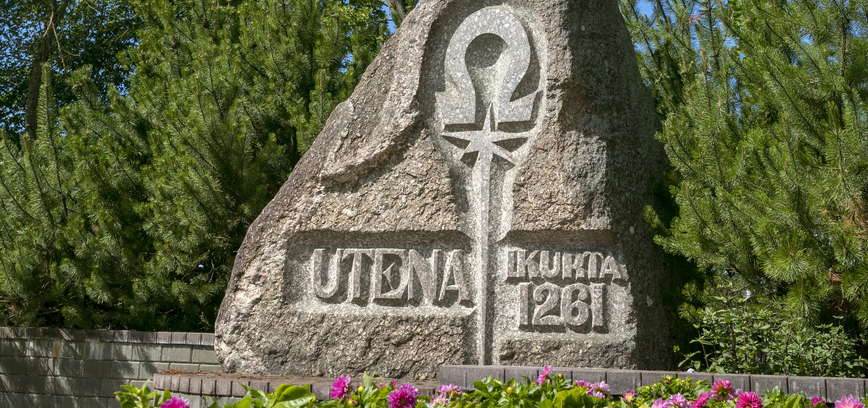
+32


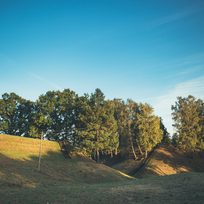
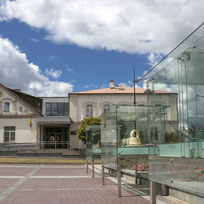
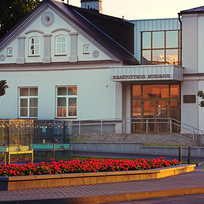
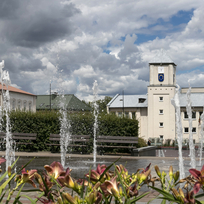
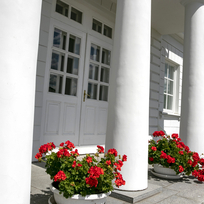
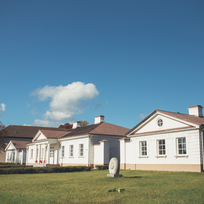
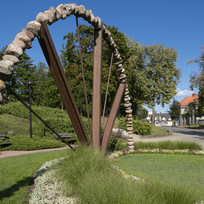
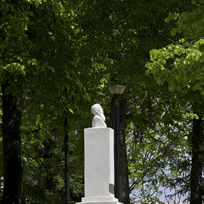
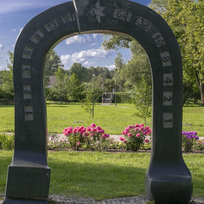
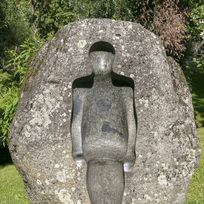
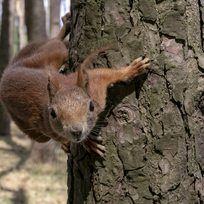
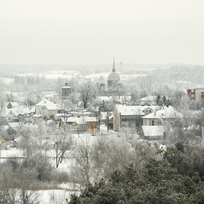
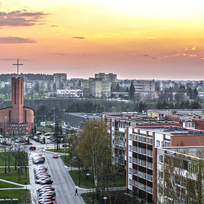
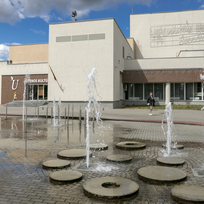
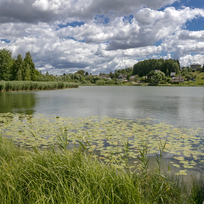
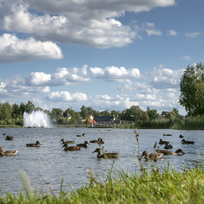
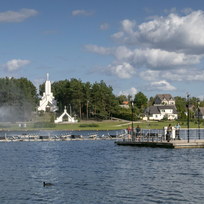
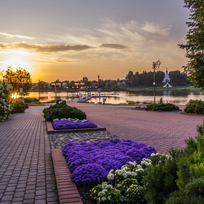
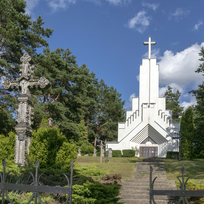
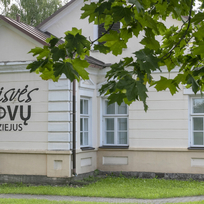
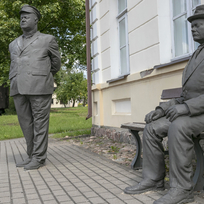
Reviews